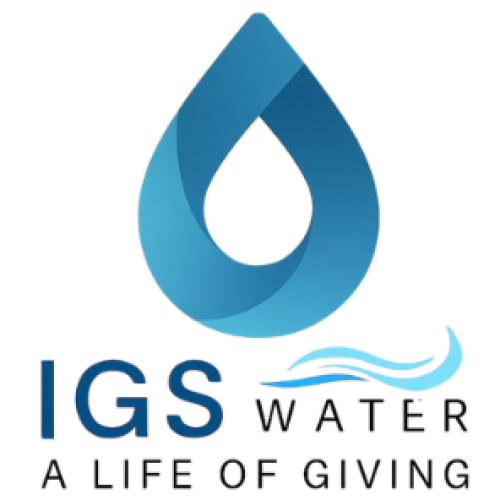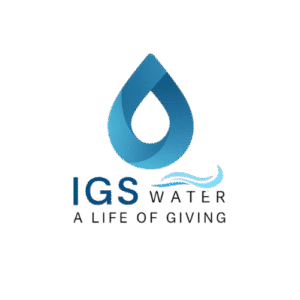Water is life — but when water bodies suffer from low oxygen, pollution, or stagnation, the consequences cascade through ecosystems, agriculture, aquaculture, and industry. Traditional aeration methods and chemical treatments have helped, but they often come with high energy costs, maintenance burdens, or chemical residues.
What if there were a cleaner, more efficient solution? Enter nanobubbles — microscopic bubbles that stay suspended far longer than the ones we see. The IGS Water Nanobubble Generator harnesses this technology in a practical, powerful form for real-world use.
What Is a Nanobubble?
Nanobubbles are gas bubbles with diameters typically less than 200 nanometers (a nanometer is one billionth of a meter). Unlike regular bubbles, they don’t rise quickly and burst. Instead, they linger in the water column. Because of their small size and surface properties, they have:
- High interface area to interact with water, which favors gas transfer
- Neutral buoyancy / low rise velocity, allowing them to stay suspended for extended periods
- Negative surface charge (zeta potential), which helps repel other bubbles and resist coalescing
These characteristics enable nanobubbles to deliver gas (such as oxygen) more effectively deep into the water body, improving dissolved oxygen levels uniformly.
The IGS Nanobubble Generator — Key Highlights
IGS Water has designed a nanobubble generator with features tailored for practical water systems. Some of the key strengths:
- It produces “pure nanobubbles” at a ratio over 99%, meaning almost all bubbles are in the nanometer scale.
- It can generate over 100 million nanobubbles per unit, dramatically increasing gas solubility in water.
- It claims low energy consumption, offering as much as 70% energy savings compared to other systems.
- It helps reduce odors and supports oxygen uniformity across depth and breadth of water bodies.
- Its design resists clogging and works even in waters with solids, making it more robust in demanding environments.
In short: IGS’ unit is built not just for lab performance but for field practicality.
Why This Technology Matters
What makes nanobubble systems like IGS’ a game changer?
- Better Oxygenation Without Chemicals
Many water treatment setups rely heavily on chemical dosing (coagulants, flocculants) to enable cleaning, mixing, and oxygen transfer. Nanobubbles can reduce dependency on such chemicals, cutting operational costs and environmental load. - Faster, More Complete Treatment
Because nanobubbles last longer and spread more uniformly, treatment processes—whether for municipal water, wastewater, or aquaculture—can proceed more efficiently. - Lower Maintenance
In some installations, nanobubbles have prevented fouling of pipes or heat exchangers, reducing the frequency of maintenance or system downtime. One case study recorded savings of tens of thousands of dollars by eliminating frequent cleaning. - Versatility Across Sectors
The same core technology finds use in diverse fields:- Aquaculture: healthier fish, improved DO
- Agriculture / irrigation: oxygenated water to roots
- Natural water bodies (lakes/rivers): remediation, algae control
- Industrial / municipal: better treatment with less sludge
- Sustainability & Future-Readiness
As water quality regulations tighten and energy costs rise, sustainable technologies like this gain importance. Nanobubble systems are aligned with goals of minimizing chemical waste, energy consumption, and environmental impact.
Things to Consider / Challenges
When promoting or implementing such a system, be aware of these practical factors:
- Performance Verification
It’s vital to have field data (site trials) showing actual dissolved oxygen gains, energy savings, and longevity under local water conditions. - Water Quality Variability
Real water bodies carry sediments, biofilms, organic load, pH differences, etc. Any system must handle these without rapid degradation or clogging. - Scale & Cost
Matching system size to volume, flow rate, and target DO levels is key. Also estimate the payback period based on energy saved, chemical costs reduced, and maintenance savings. - Support & Service
Local availability of spare parts, technical support, and maintenance services will influence adoption, especially in remote or less serviced regions. - Regulatory Compliance
In municipal water or effluent treatment contexts, the system must help meet regulatory limits (e.g. for BOD, coliforms, sludge disposal) reliably.

